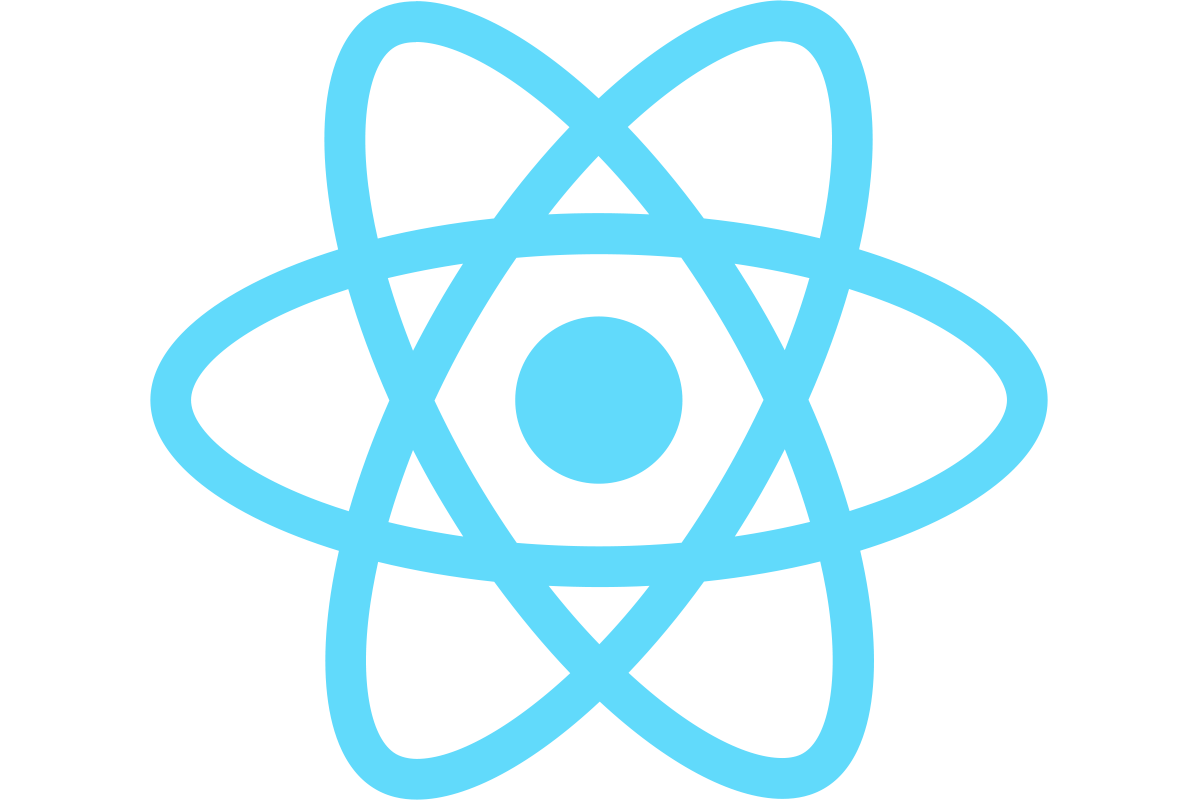7 Reasons Why We Rely on ReactJS
With React, we work with a library that is extremely useful for front-end development, especially for interactive user interfaces. This library allows a high level of flexibility and offers a wide range of tools. In this article we show 7 reasons why we choose to work with React.

ReactJS is a library that facilitates the development of interactive and responsive user interfaces (UIs) made for the web. The term library describes the utility of the application also very appropriately, because React provides many useful tools and functionalities for building UIs without limiting us in other respects. This gives us the freedom to decide for ourselves how to build an application in order to develop the optimal solution. Especially in the development of individual software solutions this degree of flexibility is enormously important.
Flexibility is especially provided by the fact that there is a very large ecosystem of libraries for React. Depending on the requirements of the particular project, each of the libraries can be added to the core of the application. The various libraries in the React ecosystem are responsible for very specific areas in development, such as React Query - a library that deals exclusively with how data gets from the server to the front-end and vice versa from the front-end to the server. When a single library is added to React, all the tools and features of the "add-on" library can be used in the project.
Despite the freedom in development, React at the same time provides us with a basic structure for front-end development and is particularly well suited for the development of interactive Apps or single-page applications. In addition, there are frameworks with the same purpose, such as Angular or Vue. These also have their advantages, but for us, there are a few reasons in favor of React in many projects, which we would like to share with you here.
1. JSX #
Unlike many other templating languages, ReactJS offers the full power of JavaScript with the JSX programming language. This allows us to use the full feature set to build views. JSX also makes it possible to have a clear hierarchical structure.
2. Components #
Components are the building blocks of the user interface in React applications. These components not only make it easy to build a consistent user interface, but they also provide the option to reuse logic, which saves time.
3. Flexibility and Scalability #
React uses a component approach for the development process that provides enough flexibility for our projects and also allows us to build scalable web applications. The high functionality and modular extensibility also give us enough freedom to always find the best solution.
4. Composition Model #
React offers the functionality to build "compositions" by combining different elements into a whole. By combining simple components, we can easily create complex user interfaces.
5. Testability #
The independent and separated components are perfectly testable. This means that errors can be detected early and automatically, which can save a lot of time in the development process.
6. Popularity #
Due to the high popularity of React, you can find help, libraries and other useful tools for almost every topic. React has a very large and vital community among web and software developers, who are constantly finding new solutions and further improving the usage of the library.
7. Great Tooling #
From setup to production build, React is equipped with all the tools you need. This is not only convenient to work with, but also saves valuable time in the development process.
Interactive and Reactive User Interfaces With ReactJS #
If you are planning to develop interactive or reactive user interfaces, React is the right library for you. You need support for the implementation of your project? Our team will be happy to talk to you about your options in a free initial meeting.


 Jürgen Fitzinger
Jürgen Fitzinger

 Michaela Mathis
Michaela Mathis


